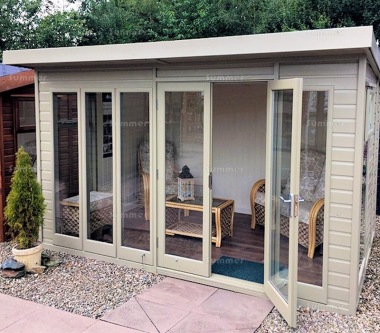All Categories
Featured
Table of Contents
Sustainability in Roleystone Perth
Glazing merely suggests the windows in your house, consisting of both openable and fixed windows, along with doors with glass and skylights. Glazing really just indicates the glass part, but it is generally utilized to refer to all elements of an assembly including glass, movies, frames and furnishings. Taking notice of all of these aspects will assist you to accomplish effective passive design.

Energy-efficient glazing makes your home more comfortable and dramatically lowers your energy costs. Improper or poorly developed glazing can be a significant source of unwanted heat gain in summertime and significant heat loss and condensation in winter season. Approximately 87% of a house's heating energy can be acquired and up to 40% lost through windows.
Glass Selector - Custom Single & Double Glazed ... in Mount Lawley Perth
Glazing is a substantial financial investment in the quality of your home. A preliminary investment in energy-efficient windows, skylights and doors can greatly minimize your annual heating and cooling bill.

This tool compares window choices to a base level aluminium window with 3mm clear glass. Comprehending some of the key properties of glass will help you to pick the very best glazing for your home. Key properties of glass Source: Adjusted from the Australian Window Association The quantity of light that passes through the glazing is understood as visible light transmittance (VLT) or noticeable transmittance (VT).
Faq in Iluka Perth
The U value for windows (revealed as Uw), describes the conduction of the whole window (glass and frame together). The lower the U worth, the higher a window's resistance to heat flow and the much better its insulating value.
For example, if your home has 70m2 of glazing with aluminium frames and clear glass with a U worth of 6. 2W/m2 C, on a winter season's night when it is 15C colder outside compared to inside, the heat loss through the windows would be: 6. 2 15 70 = 6510W That is comparable to the overall heat output of a big room gas heater or a 6.
How To Retrofit Your Windows With Double Glazing, And Keep ... in Carlisle Perth

If you choose a window with half the U value (3. 1W/m2 C) (for instance, double glazing with an argon-filled gap and less-conductive frames), you can halve the heat loss: 3. 1 15 70 = 3255W The solar heat gain coefficient (SHGC) for windows (revealed as SHGCw) determines how readily heat from direct sunlight flows through an entire window (glass and frame together).
The lower a window's SHGC, the less solar heat it transmits to your house interior. Glazing producers state an SHGC for each window type and design. The real SHGC for windows is affected by the angle that solar radiation strikes the glass. This is understood as the angle of occurrence.
Top 10 Tips To Keep Your Home Cool in Scarborough Western Australia
When the sun is perpendicular (at 90) to the glass, it has an angle of occurrence of 0 and the window will experience the maximum possible solar heat gain. The SHGC declared by glazing producers is constantly calculated as having a 0 angle of incidence. As the angle increases, more solar radiation is reflected, and less is sent.
Latest Posts
Window Glazing For Households - Energy in Myaree WA
Why You Need Secondary Glazing In The Summer in Madeley WA
Secondary Glazing: Is It Worth It? in Applecross Perth